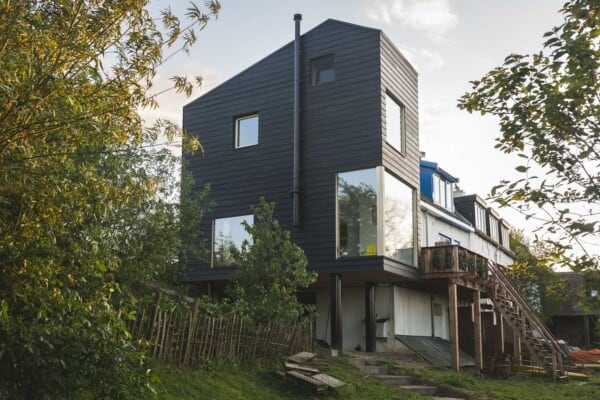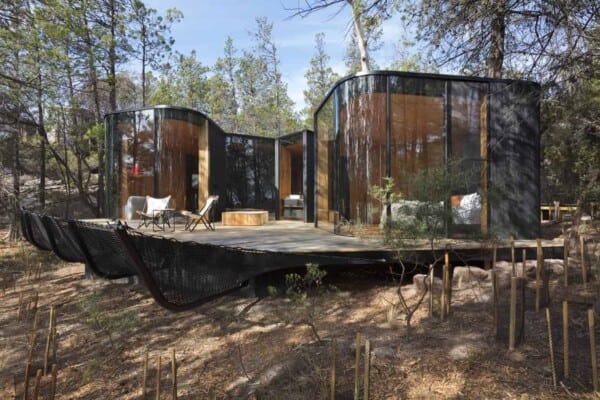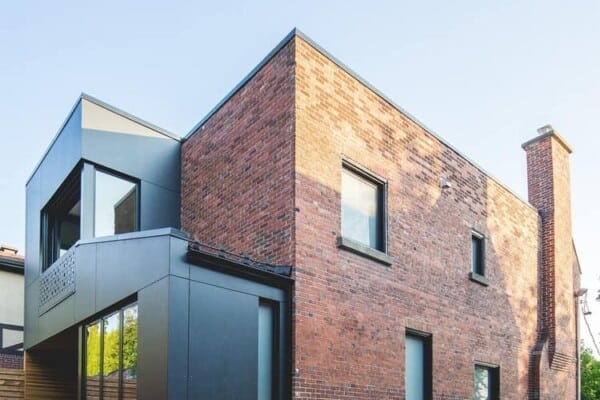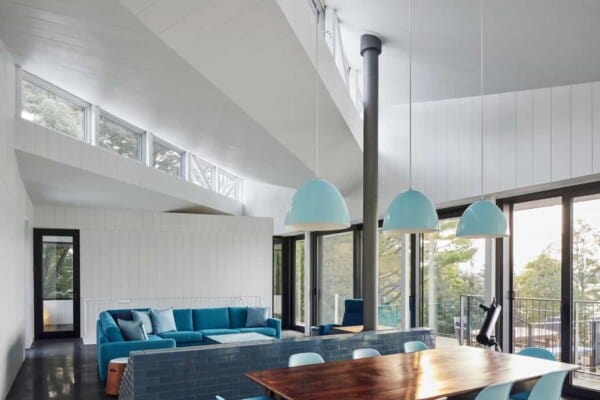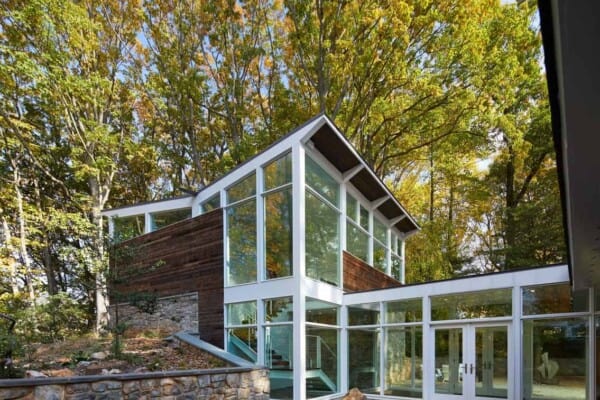Lasse House is a private home located in Starnberg, Germany.
It was designed in 2011 by the Munich-based by spandri wiedemann.
Lasse House by spandri wiedemann:
“Bavaria this single house received its latest change in 2011. Once Built for the German artist Erich Lasse in 1918 as a simple retreat and being spoilt over the years by three stages of modification it had lost its former charm. The challenge was to clean up the convoluted walling to bring back light into the building and arrange an ample layout, that allows a private, but also open living for a young family. Based on the existing structures the organisation of the building was changed entirely. A new and elaborate development of the vertical and horizontal sequences of spaces was established. These changed arrangements enable a balanced spatial impression which relates to the different functions.
The not secluded internal circulation is joining the rooms in the house by approaching and integrating the different areas. It is leading like a path over different levels through the floors, offering views to all directions. The positioning and the format of the windows is particularly chosen for distinctive views and impressions of the setting. There are wide openings to the surrounding meadows, focused views to the close alps and a strong reference to the west overlooking the lake. The core of family and social living is the 65sqm (700sqft) open kitchen with a large wooden dining table and a quiet lounge corner.
Attached and located to the lake, the terrace mediates between the different levels and enables access to the garden. Personal and working spaces take place on the periphery and allow privacy. The interior design and lighting concept – developed in collaboration with studio formstelle – is reduced to a with few but strong and consistent elements, which provide a calm atmosphere. Beside the finely-tuned gradations of grey scales of the plastered walls, there are just few materials, that lead through the house. The windows are made from oak as well as the flooring, that is meandering over the stages through the storeys. Natural stone used for flooring in the entrance and the bathrooms. Single components such as taps, fittings, handles and lamps are made from brass – the most of which are specifically designed and purpose-built. All surfaces and components are manufactured without industrial processing to create a warm an lively atmosphere.
The aim was to create a modern building without being after trends or generating architectural effects. Steady and timeless architecture, which inhibits a simple, rural typology which meets recent requirements. The appearance is paying reference to its origins, showing the fractures of its history – the seemingly arbitrary positioning of the windows sets apart to the strictness of a modern grid-like facade makes the houses friendly and characteristic.”
Photos courtesy of spandri wiedemann



























